Antarctica, a land shrouded in icy mystery, has long captivated the imagination of scientists and explorers alike. Beneath its vast, frozen landscape may lie hidden worlds, entire ecosystems trapped in time. As global warming tears at the edges of this icy frontier, revealing glimpses of what lies beneath, many wonder: could ancient ecosystems still thrive under the ice? This article delves into the scientific efforts to uncover the secrets entombed in Antarctica’s ice and explore why these ancient environments matter to our understanding of Earth’s past—and its future.
The Unyielding Ice: Antarctica’s Frozen Shield
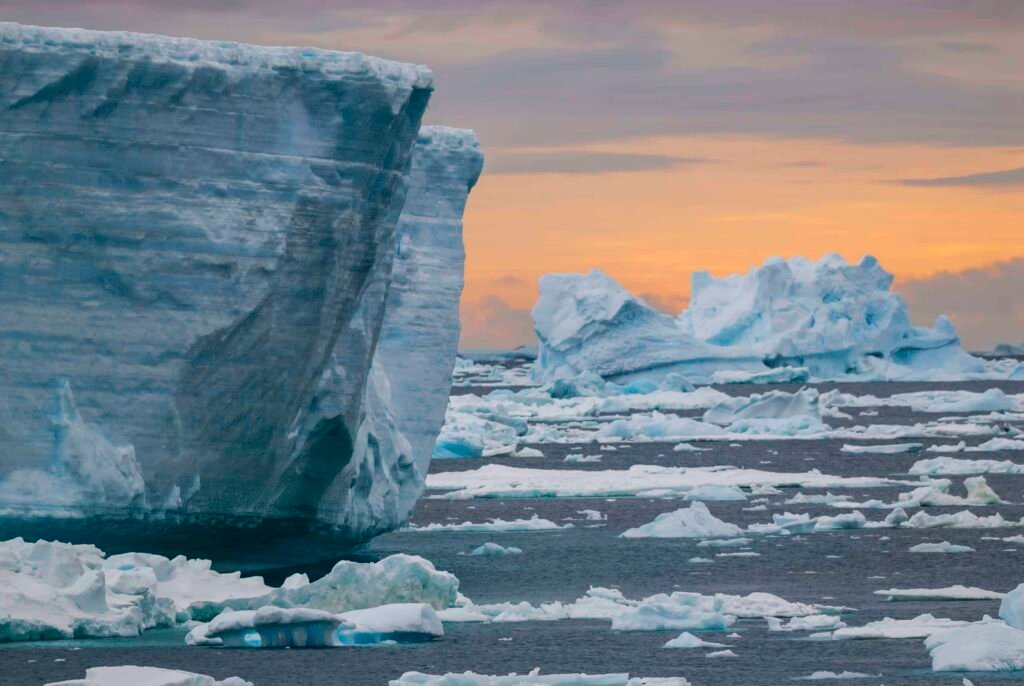
Antarctica is the coldest, driest, and windiest continent, covered almost entirely by ice—a formidable natural barrier that’s more than a mile thick in some places. This icy shield has preserved and hidden ancient secrets for millions of years. The continent’s harsh conditions make exploration challenging, but they also preserve evidence of the past unlike anywhere else on Earth.
The Mystery of Subglacial Lakes

Beneath Antarctica’s ice sheet, lakes cradled in ancient valleys lurk in darkness. Over 400 subglacial lakes have been discovered, isolated from the surface for millions of years. These aquatic worlds may harbor unique ecosystems, providing scientists rare opportunities to study life evolving in isolation, under extreme conditions.
Discovering Lake Vostok
Lake Vostok is the most famous of these hidden lakes, buried beneath 4 kilometers of ice. Its existence suggests that such environments might support life forms adapted to complete darkness, high pressure, and severe cold. In 2012, Russian scientists drilled through the ice, obtaining samples of the lake’s waters, revealing microorganisms that could be remnants of a bygone era.
Life on the Edge: Extremophiles

The potential inhabitants of these subglacial lakes are extremophiles—organisms that thrive in environments previously thought uninhabitable. Studying these life forms provides insights into the adaptability of life, potentially informing our search for life on other icy worlds, such as Jupiter’s moon Europa or Saturn’s Enceladus.
The Fossil Records in Antarctica
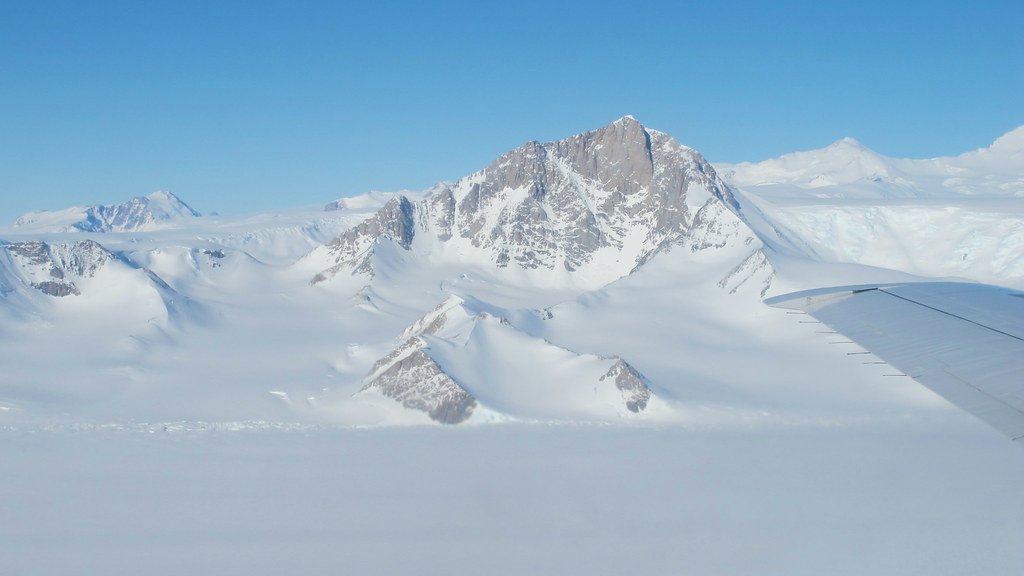
Despite its icy shell, Antarctica was not always frozen. Fossil records indicate that it once hosted lush forests filled with diverse plant and animal life. Exploration in areas like the Transantarctic Mountains reveals plant fossils that offer clues about life from before the continent drifted to its frigid location.
The Role of Ice Cores
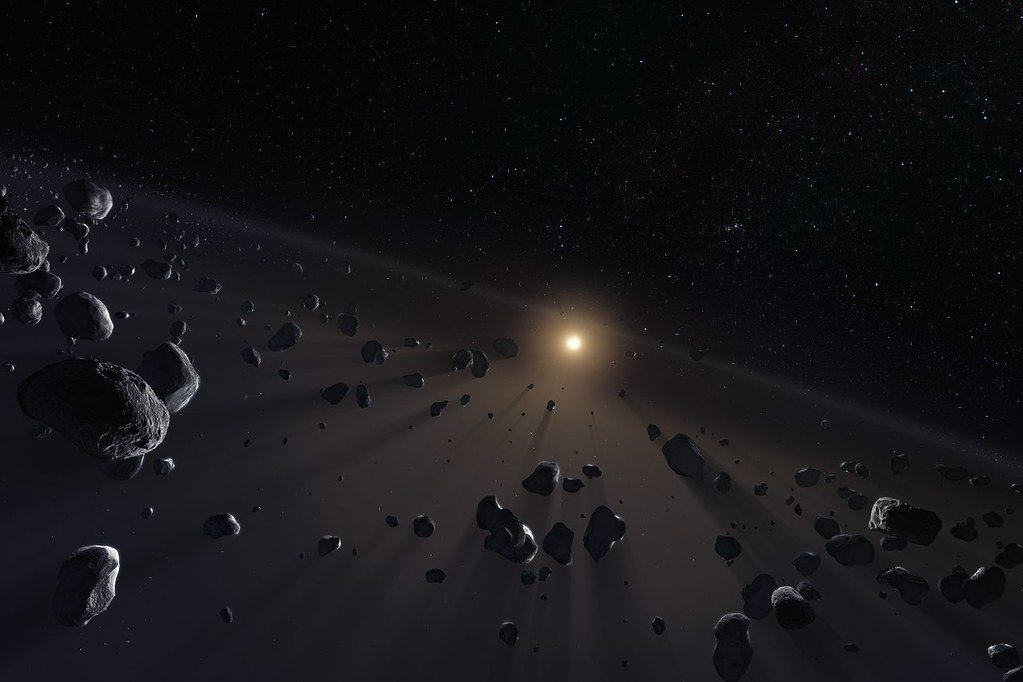
Ice cores drilled from Antarctic glaciers serve as a time capsule, preserving ancient air bubbles, pollen, and even DNA. These cores not only help scientists track climate changes over millennia but also hint at the biospheres that existed long before the ice took hold.
Understanding Climate Change

The icy archives of Antarctica offer a unique perspective on how Earth’s climate has evolved. By studying ice cores and fossilized remains, scientists can build models to predict future climate conditions and the potential impacts of human-induced climate change.
Technological Advancements in Exploration

Modern technology like remotely operated vehicles (ROVs) and advanced drilling techniques has enabled researchers to penetrate the ice and explore these hidden realms without contaminating the delicate ecosystems beneath.
The Importance of Preserving Antarctic Ecosystems
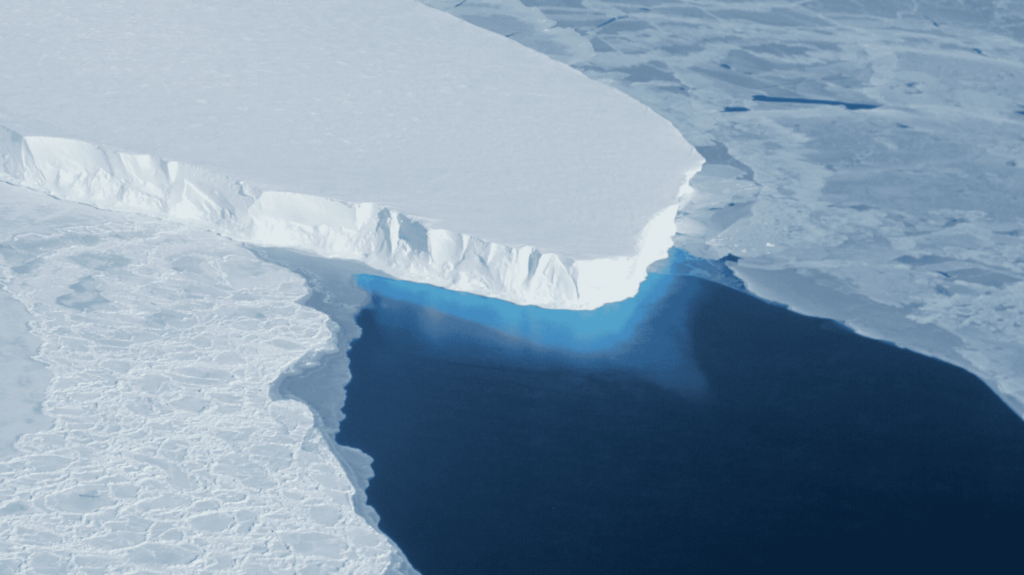
Antarctic ecosystems offer valuable insights into biodiversity and Earth’s climate history. Efforts to protect these environments from contamination and over-exploitation are crucial to maintaining their integrity for future research and discovery.
Conclusion: The Frozen Frontier
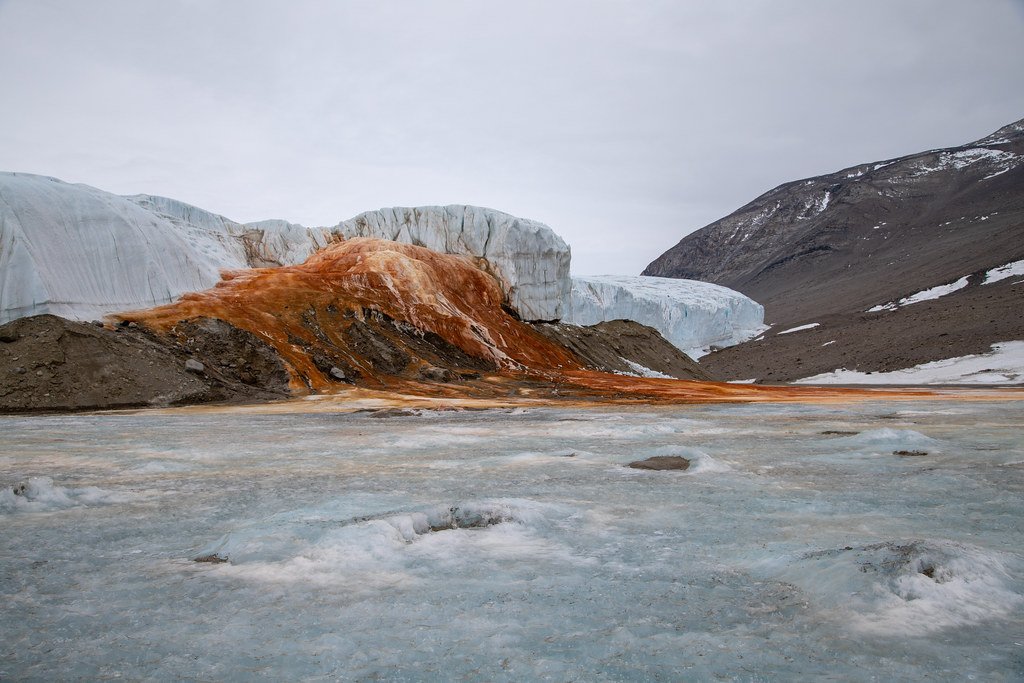
Antarctica remains one of Earth’s last frontiers, its cold grip hiding secrets from a time long past. As scientists continue to penetrate its icy façade, they unveil worlds that challenge our understanding of life and our planet. The study of ancient ecosystems beneath the Antarctic ice is not just about uncovering the past; it is a quest to better understand the delicate balance of life on Earth and the potential for life on other planets. Each discovery brings us closer to answering some of the most profound questions about our existence and the natural world.




